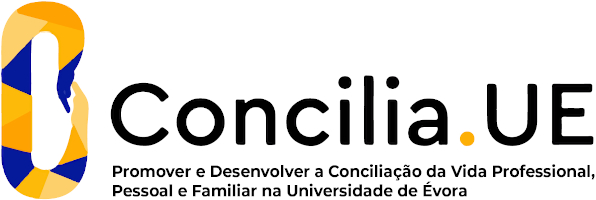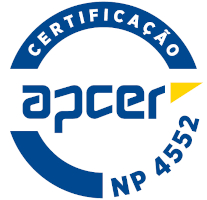2024
Technical Drawing of Mechanical Systems
Name: Technical Drawing of Mechanical Systems
Code: EME13011L
6 ECTS
Duration: 15 weeks/156 hours
Scientific Area:
Mechanical Engineering
Teaching languages: Portuguese
Languages of tutoring support: Portuguese, English
Regime de Frequência: Presencial
Sustainable Development Goals
Learning Goals
1. Develop the knowledge and skills necessary to understand, use and write in the language of Technical Drawing.
2. Introduce the usage of computer aided design and drafting tools.
3. Provide a basic introduction to the design of mechatronics systems.
Capabilities to be developed:
(a) be acquainted with the principal standards associated with the technical drawing;
(b) produce the technical drawings of a component or a mechanical system;
(c) read and understand the technical drawings of a component or a mechanical system;
(d) understand dimensional and geometrical tolerances;
(e) use CADD software to produce 3D models of parts and corresponding multiple view drawings with dimensions and tolerances;
(f) build 3D parametric models of mechanical systems including standard parts;
(g) start developing some independence in the study of new subjects.
2. Introduce the usage of computer aided design and drafting tools.
3. Provide a basic introduction to the design of mechatronics systems.
Capabilities to be developed:
(a) be acquainted with the principal standards associated with the technical drawing;
(b) produce the technical drawings of a component or a mechanical system;
(c) read and understand the technical drawings of a component or a mechanical system;
(d) understand dimensional and geometrical tolerances;
(e) use CADD software to produce 3D models of parts and corresponding multiple view drawings with dimensions and tolerances;
(f) build 3D parametric models of mechanical systems including standard parts;
(g) start developing some independence in the study of new subjects.
Contents
1. Technical Drawing as a language. The concept of projection, orthogonal projections and representations using multiple views. Freehand drawing. Main associated standardization and its justification.
2. Reading of drawings with multiple views representations and execution of perspectives.
3. Computer aided drafting.
4. Section views.
5. Auxiliary views and intersections.
6. Construction of parametric three dimensional computer models of parts and systems.
7. Phases of the design process. The importance of the material properties and brief introduction to the manufacturing processes.
8. Dimensioning.
9. Standardized mechanical parts. Assembly of parts and assembly drawings.
10. Dimensional tolerances and mating.
11. Introduction to the geometrical product specification.
12. Surface finish and edge requirements.
2. Reading of drawings with multiple views representations and execution of perspectives.
3. Computer aided drafting.
4. Section views.
5. Auxiliary views and intersections.
6. Construction of parametric three dimensional computer models of parts and systems.
7. Phases of the design process. The importance of the material properties and brief introduction to the manufacturing processes.
8. Dimensioning.
9. Standardized mechanical parts. Assembly of parts and assembly drawings.
10. Dimensional tolerances and mating.
11. Introduction to the geometrical product specification.
12. Surface finish and edge requirements.
Teaching Methods
Teaching consists of weekly two hour lectures (theoretical classes) where the course contents are exposed and explained, using examples of application. In addition there are two hour recitations (theoretical-practical classes) involving CAD practice or the solution of application problems using the learned concepts. Two hour tutoring per instructor is weekly available outside classes during all the semester.
Assessment
The students assessment consists of three written tests {T1, T2, T3} made along the semester (the date for the last one [T3] coincides with the date of the first exam [E1]) or a final exam {E1, E2} (two dates available), four assignments {A1, A2, A3, A4}, and one final project {P}. All elements are graded in the range [0, 20]. There is a minimum mark of 9.0 for every test and exam, and of 7.5 for the project.
If the minimum marks are fulfilled, the final mark is given by:
N = 0,45 × maximum((T1+T2+T3)/3 , E1, E2) + 0,3 × (A1+A2+A3+A4)/4 + 0,25 × P;
otherwise the numerical value for the final mark is the minimum between N and 9.0.
The student is approved if the final mark is equal or greater than 9.5.
If the minimum marks are fulfilled, the final mark is given by:
N = 0,45 × maximum((T1+T2+T3)/3 , E1, E2) + 0,3 × (A1+A2+A3+A4)/4 + 0,25 × P;
otherwise the numerical value for the final mark is the minimum between N and 9.0.
The student is approved if the final mark is equal or greater than 9.5.
Teaching Staff
- José Eugénio Semedo Garção [responsible]





















